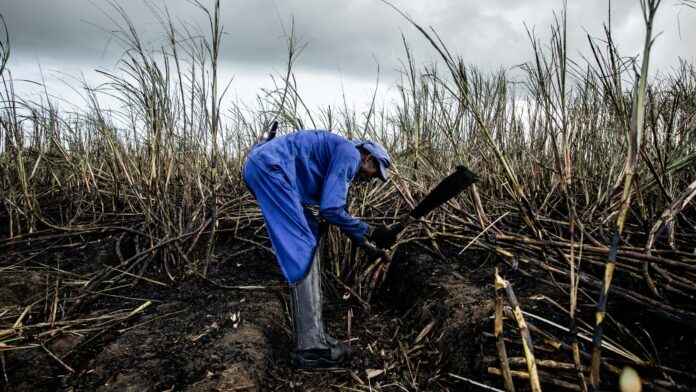Preparing Sri Lanka’s Economy for Environmental Shocks
Frontpage Journal | Climate Insights
Sri Lanka’s economy is increasingly exposed to climate-related risks, ranging from extreme weather events to long-term environmental changes. Floods, droughts, cyclones, and landslides threaten not only infrastructure and agriculture but also the financial stability of businesses and households. Developing a robust climate risk management and insurance framework is essential to safeguard economic resilience, protect livelihoods, and ensure sustainable growth.
The economic impact of environmental shocks is significant. Natural disasters disrupt supply chains, damage property, and reduce productivity, imposing heavy costs on both public and private sectors. Agriculture, fisheries, and tourism, the backbone of Sri Lanka’s economy, are particularly vulnerable. For example, unseasonal floods can devastate paddy fields, while coastal storms damage resorts and fisheries infrastructure. These events strain government budgets and divert resources from development initiatives to emergency response and reconstruction.
Insurance plays a critical role in mitigating these risks. Climate risk insurance provides financial protection against losses from extreme weather, enabling businesses, farmers, and households to recover more quickly. Innovative insurance products, such as parametric policies linked to measurable weather indices, allow for faster claims processing and reduce administrative complexity. Public-private partnerships in insurance provision can increase coverage, affordability, and accessibility for vulnerable sectors.
Risk assessment and data analytics are central to effective climate insurance. Accurate mapping of flood zones, landslide-prone areas, and drought-affected regions allows insurers and policymakers to price premiums appropriately, target interventions, and prioritize investments in risk reduction. Integration of satellite monitoring, weather forecasting, and GIS technologies enhances the ability to anticipate risks and implement proactive mitigation strategies.
Beyond financial instruments, resilience-building measures are essential. Investment in climate-resilient infrastructure, improved drainage systems, flood barriers, and water conservation projects reduces exposure to environmental shocks. Encouraging businesses and communities to adopt climate-smart practices, such as crop diversification, sustainable construction, and emergency preparedness, further strengthens adaptive capacity. Insurance works best when paired with such preventive measures, lowering both economic losses and insurance costs over time.
Regulatory and policy support is crucial for scaling climate risk insurance. Clear frameworks for underwriting, disaster response, and claims verification encourage market participation and ensure equitable access. Incentives for private insurers, subsidies for smallholder farmers, and integration with national disaster management plans can expand coverage and make climate insurance a central tool in Sri Lanka’s economic strategy.
Sri Lanka stands at a critical juncture. With climate-related events becoming more frequent and severe, proactive risk management is no longer optional. Building a comprehensive insurance framework, underpinned by data-driven risk assessment and resilience measures, is essential to protect the economy, safeguard livelihoods, and maintain investor confidence. By preparing for environmental shocks today, Sri Lanka can ensure long-term economic stability and a sustainable future for all citizens.




